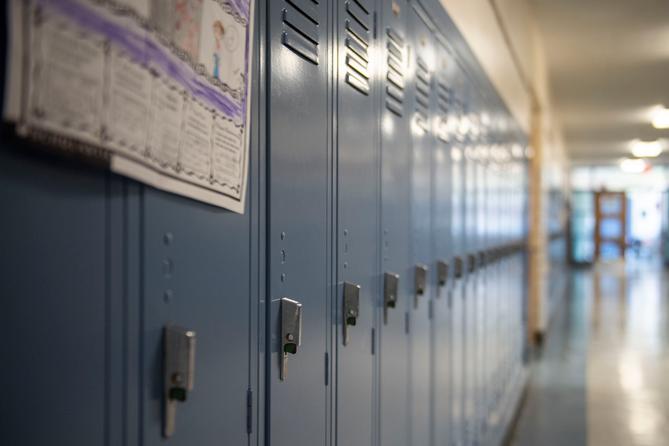HARRISBURG — Pennsylvania’s 500 school districts will each receive a slice of $565 million that lawmakers put in this year’s budget to aid schools with large “adequacy” gaps and high tax burdens.
The legislature first created these supplements in the 2024 budget in response to a Commonwealth Court ruling that found Pennsylvania’s public school funding system to be unconstitutionally inequitable.
However, unlike the 2024 payments, all school districts will be guaranteed at least $50,000 from this pot of money.
(Search the full list below or here.)
Intense conversations over school funding began in 2023, when a state court ruled that Pennsylvania’s spending on public education was inequitable — so much so that it violated the state constitution. Specifically, the judge found that students in poorer districts, which don’t have the resources to raise as much money through property taxes, weren’t serving students well enough.
That suit was brought against the state by a group of parents, administrators, and advocacy groups, including the Education Law Center.
For much of 2023 and 2024, lawmakers held hearings and negotiated on how exactly to quantify the funding shortfall.
A commission convened to study the issue eventually came up with the concept of an “adequacy target” — the bar at which a district can serve students at an acceptable level.
This measure sets a baseline amount of per-student spending, then adds in additional spending based on a district’s student body and factors like poverty and level of English proficiency. If a district spends less than the resulting number, it is missing its adequacy target and has an “adequacy gap,” the report said.
The budget lawmakers passed for the 2024-25 fiscal year acknowledged a $4.5 billion adequacy gap.
Earlier this year, state Senate Republican leadership said that they wanted to revisit the funding system, questioning the fairness of the new formula.
“Fairness is in the eye of the beholder,” Pittman said during a February budget hearing with the state Department of Education. “And frankly, I think the more we review this adequacy funding formula and the way it treats all the school districts, that there is inherent unfairness within this formula.”
In the end, lawmakers agreed to spend an additional $526.4 million on adequacy funding, $32.2 million on tax equity, and $6.4 million for schools that didn’t qualify for either supplement.
Dan Urevick-Ackelsberg is a lawyer with the Public Interest Law Center, which represented the plaintiffs in the school funding case. Despite the budget being four months late, he said he interprets the second year of adequacy funding as a sign that lawmakers remain committed to the full funding plan.
"The path to adequacy is still far too slow, and we still need to deal with school facilities," Urevick-Acklesberg told Spotlight PA. "But it's one more step on a journey to adequacy."
